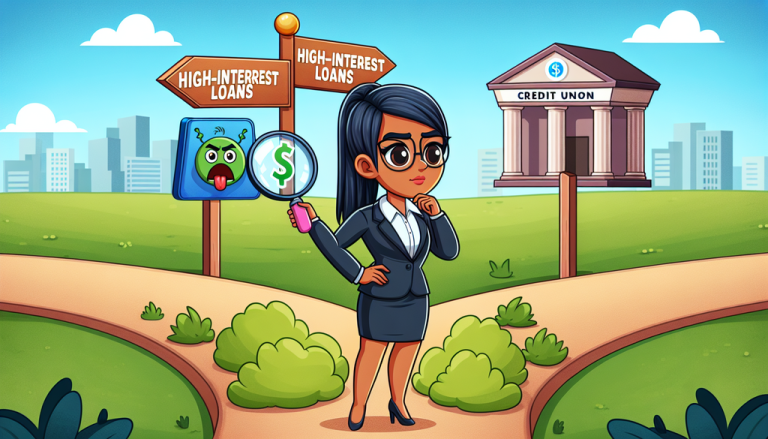Money management isn’t just about earning—it’s about making strategic choices that protect your financial future. High-cost borrowing can feel like a tempting shortcut, but the consequences can be devastating if you’re not careful.
Understanding High-Cost Borrowing Risks
When financial pressure mounts, many people turn to quick lending solutions without fully understanding the long-term implications. Payday loans, title loans, and high-interest credit cards can create a cycle of debt that’s challenging to escape.
| Loan Type | Average Interest Rate | Potential Risk Level |
|---|---|---|
| Payday Loans | 400-600% | Extremely High |
| Credit Card Cash Advances | 25-30% | High |
| Personal Bank Loans | 10-15% | Moderate |
Smart Alternatives to High-Cost Borrowing
- Build an Emergency Fund: Aim to save 3-6 months of living expenses
- Negotiate with Creditors: Many are willing to create payment plans
- Explore Credit Union Options: Typically offer lower interest rates
- Consider Peer-to-Peer Lending: Often more flexible terms
The Hidden Emotional Toll of Debt
Financial stress isn’t just about numbers—it impacts mental health. Constant worry about repayments can lead to anxiety, depression, and strained relationships. Recognizing this emotional dimension is crucial in making holistic financial decisions.
Practical Steps to Financial Resilience
- Conduct a comprehensive budget review
- Track every expense for 30 days
- Identify unnecessary spending
- Develop a realistic debt repayment strategy
- Seek professional financial counseling if needed
Your financial journey is unique. While challenges are inevitable, informed decisions can transform potential pitfalls into opportunities for growth. Remember: smart borrowing is about understanding risk, planning strategically, and prioritizing long-term financial health.



